Do you ever find yourself fumbling around with keys just to get into your own home? With the advancements in technology, it’s now possible to bypass electronic door locks and take control of your access. Moreover, not only can this save you a lot of time and hassle, but it also provides increased security for you and those around you.
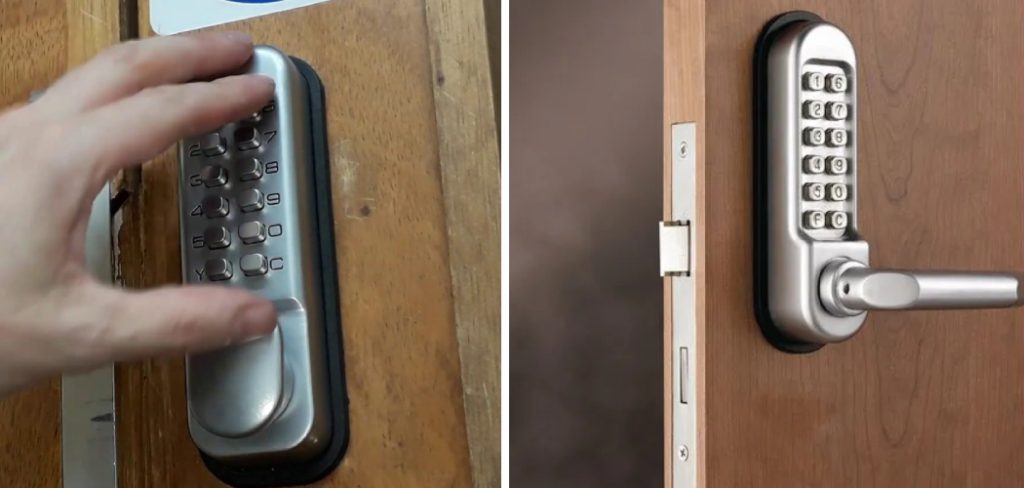
In this blog post on how to bypass electronic door locks, we’ll discuss the different ways in which you can securely install and use an electronic lock system – from understanding the benefits to picking the best mechanical solution for your needs!
11 Step-by-step Instructions on How to Bypass Electronic Door Locks
Step 1: Gather All the Necessary Materials
You will need:
- A Power Drill
- A Flathead Screwdriver
- A Phillips Screwdriver
- An Electronic Door Lock Kit (including a power adapter, lock hardware and mounting plate)
- A Hammer and Nail
- Electrical Tape
Step 2: Begin by Assembling the Lock Hardware
Securely attach the power adapter and mounting plate to the back of the electronic door lock, using a Phillips screwdriver. Make sure everything is firmly in place before moving on. It’s also important to remember to wear safety glasses when working with any type of power drill or hammer. It’s also essential to unplug the power adapter before beginning any work. But make sure to plug it back in once the installation is complete and for safety purposes!
Step 3: Measure and Mark Where the Lock Needs to be Installed
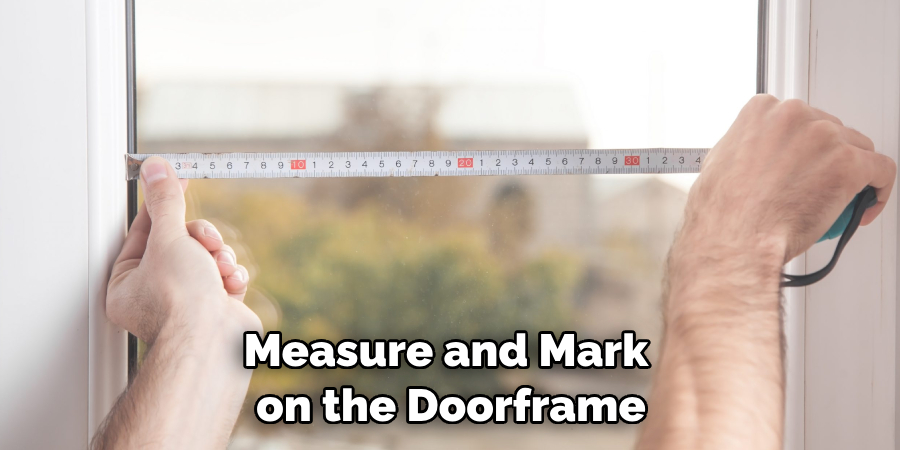
Using a measuring tape, measure and mark on the doorframe where you want the lock to be installed. Make sure it is placed at an appropriate height for easy access and is centered within the doorframe. This will ensure the installation is successful and secure. It is also important to note that if you are installing the lock on a metal door, you will need to pre-drill holes in order for the screws to be securely fastened. But if you are installing the lock on a wooden door, this step can be skipped.
Step 4: Drill Holes for Mounting Plate Screws
Using a power drill and a correctly sized bit, carefully drill two holes on either side of the marked area. These holes will be used to attach the lock mounting plate to the doorframe. It’s important to make sure you drill these holes in a straight line and at the same depth so the installation is secure. You may want to use a level to make sure your drilling is even and correct.
Step 5: Securely Attach the Mounting Plate
Using a flathead screwdriver, attach the mounting plate to the doorframe by inserting two screws through each of the drilled holes. You want to make sure that the mounting plate is firmly in place and correctly aligned. Now, you can move on to the next step. This will ensure that the lock will be securely fastened in place. You may want to double-check the alignment just in case.
Step 6: Install Lock on the Mounting Plate
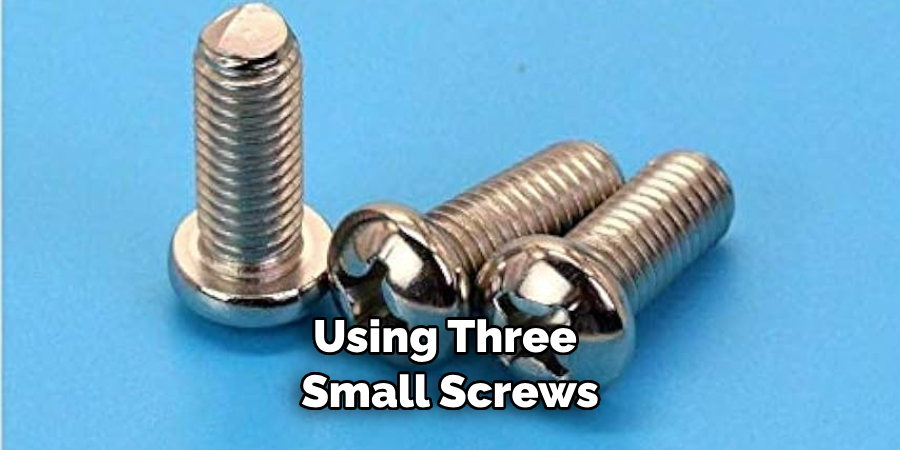
Attach the lock itself to the mounting plate using three small screws and a Phillips screwdriver. Make sure everything is securely in place before moving on. This will ensure that the lock is firmly attached to the doorframe. It’s also important to make sure the lock is properly aligned and centered on the mounting plate. You may want to use a level to make sure everything is even and correct.
Step 7: Connect the Lock Wires to the Power Source
Using electrical tape, connect the two power wires from the lock assembly to the power source, ensuring a secure connection. It’s important to make sure the wires are connected correctly and securely. It’s also important to make sure the power source is plugged into a wall outlet in order for the lock to be operational. But make sure to unplug the power source before attempting any modifications or adjustments to the lock assembly.
Step 8: Test Out Your Lock
Once the connections are secure, test out your lock by manually trying it out with the key. If everything appears to be working correctly, proceed to the next step. But if there appear to be any issues, refer to the manufacturer’s instructions for troubleshooting. You want to make sure the lock is functioning as it should before proceeding. It’s also important to double-check the security of your installation.
Step 9: Install and Program Battery Backup
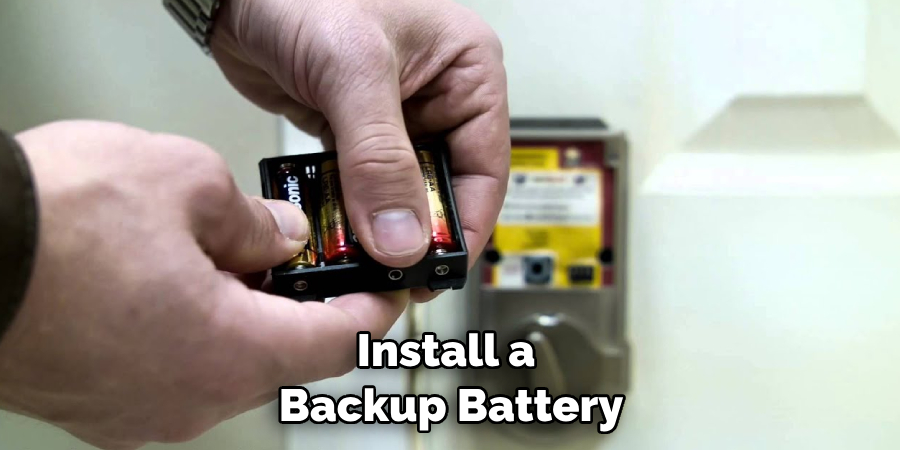
Install a backup battery into the lock assembly and program it according to the included instructions. This will help ensure your lock continues to work even in the event of a power outage. Although it is optional and not necessary for the operation of your lock, it’s always good to have an extra layer of security in place. It is also important to make sure that the battery is correctly installed and functioning properly before use.
Step 10: Install Secondary Lock
Installing a secondary lock such as a deadbolt or keypad lock will provide an extra layer of security for your home. Make sure that it is securely installed and tested before moving on. It’s also a good idea to change the code or combination on this lock periodically for added security. But remember to keep the code in a safe place that only you know about!
Step 11: Enjoy the Benefits of Your New Electronic Lock System!
Now, you can enjoy the convenience and security of having an electronic door lock. You’ll find that bypassing keys and accessing your home quickly and securely is a breeze! Always remember to keep your lock system updated with the latest software and hardware, as well as maintain its security. Happy locking!
By following these steps on how to bypass electronic door locks, you can successfully install your own electronic door locks. It’s important to remember to always take the necessary safety precautions when installing any type of hardware such as power drills or hammers – and always make sure everything is securely in place before testing it out.
Do You Need to Hire Professionals?
If you are still feeling unsure about installing your own electronic door locks, it is always best to hire a professional. They will be able to quickly and securely install the lock for you, as well as provide additional advice and tips on how to keep your system secure. It’s also important to make sure that the installation is done correctly in order to ensure a safe and secure environment. With a professional installation, you can be sure that your home is safe and secure from any potential intruders.
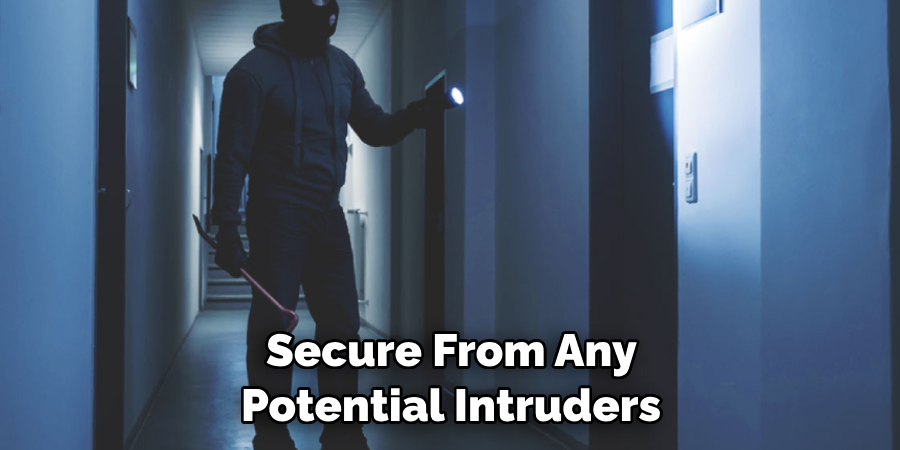
Regardless of whether you install the lock yourself or hire a professional, it is important to always take the necessary steps to ensure your system is properly maintained and updated. Regular maintenance will ensure that your security system continues to function as intended and keep you safe!
Things to Consider
When installing any type of electronic door lock, it is important to consider the environment in which it will be used. For example, if you are installing a lock near an outside entrance or in a place that is exposed to elements such as rain or snow, you should make sure that the lock and mounting plate are weatherproof.
Additionally, it’s also important to consider the door material when installing an electronic lock. Different locks may require different types of installation methods depending on the door material such as wood or metal and this should be taken into account when choosing a lock system. Finally, always make sure to read the manufacturer’s instructions before beginning any installation process in order to ensure the safety and security of your lock.
Frequently Asked Questions
Q1: What Types of Electronic Door Locks Are Available?
A1: There are a variety of electronic door lock systems available, ranging from keycard-based systems to Bluetooth-enabled devices. Depending on your needs, you can choose the best system for your home.
Q2: Do Electronic Door Locks Provide Increased Security?
A2: Yes! Electronic door locks provide a secure access solution and increase security by offering advanced features such as PIN codes, fingerprint scanners, and more. Additionally, they can be easily integrated with other home security systems.
Q3: Are Electronic Door Locks Difficult to Install?
A3: Installing electronic door locks is relatively easy, as long as you have the correct materials and carefully follow the instructions provided in this blog post. With a bit of patience and meticulousness, you can easily install your own electronic lock system.
Q4: How Often Should I Change My PIN Code or Authorization Method?
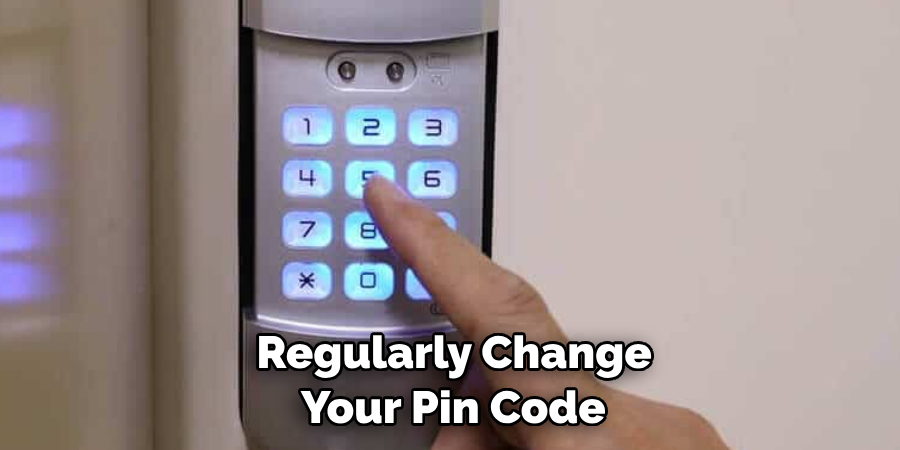
A4: It’s important to regularly change your PIN code or authorization method in order to ensure optimal security. Depending on the type of system you have, this could mean changing it every few months or even more often. Additionally, it’s always a good idea to keep an eye out for any
Conclusion
So there you have it – the basics of how to bypass doors with electronic locks. Keep in mind these tips, and you’ll be able to move through those annoying locked doors in a jiffy. You’ll save time and energy trying to look for a key and never worry about the hassle of unlocking a door ever again. This knowledge is certainly valuable not only for emergencies but also just making life a bit more convenient.
In the end, if safety is your primary concern opt for keypads with high-end security protection or use alternate methods of entry other than forcing your way in by bypassing these locks completely. However you decide to go about it – armed with this newfound knowledge of how to bypass electronic door locks, unlocking any door should no longer be an issue!
About
Safety Fic is a distinguished figure in the world of Diy design, with a decade of expertise creating innovative and sustainable Diy solutions. His professional focus lies in merging traditional craftsmanship with modern manufacturing techniques, fostering designs that are both practical and environmentally conscious. As the author of diy, Safety Fic delves into the art and science of Safety Fic-making, inspiring artisans and industry professionals alike.
Education RMIT University
(Melbourne, Australia) Associate Degree in Design (Safety Fic) Focus on sustainable design, industry-driven projects, and practical craftsmanship. Gained hands-on experience with traditional and digital manufacturing tools, such as CAD and CNC software.
Nottingham Trent University
(United Kingdom) Bachelor’s in diyfastly.com and Product Design (Honors) Specialized in product design with a focus on blending creativity with production techniques. Participated in industry projects, working with companies like John Lewis and Vitsoe to gain real-world insights.
Publications and Impact
In diy, Safety Fic his insights on indoor design processes, materials, and strategies for efficient production. His writing bridges the gap between artisan knowledge and modern industry needs, making it a must-read for both budding designers and seasoned professionals.
